A 0.3 V, Rail-to-Rail, Ultralow-Power, Non-Tailed, Body-Driven, Sub-Threshold Amplifier
Abstract
1. Introduction
2. Proposed Topology
3. Small Signal Analysis
3.1. DC-Gain and Common Mode Rejection
3.2. Frequency Response and Compensation
4. Amplifier Design and Simulation Results
4.1. Sizing
4.2. Simulation Results
4.3. Results and Comparision
5. Conclusions
Author Contributions
Funding
Institutional Review Board Statement
Informed Consent Statement
Conflicts of Interest
Appendix A
Appendix A.1. CMFF Analysis
Appendix A.2. Offset Analysis
Appendix A.3. Noise Analysis
References
- Harpe, P.; Gao, H.; Van Dommele, R.; Cantatore, E.; Van Roermund, A.H.M. A 0.20 mm2 3 nW signal acquisition IC for miniature sensor nodes in 65 nm CMOS. IEEE J. Solid State Circuits 2016, 51, 240–248. [Google Scholar] [CrossRef]
- Toledo, P.; Crovetti, P.; Klimach, H.; Bampi, S. A 300-mV supply, 2 nW-power, 80 pF-load CMOS digital-based OTA for IoT interfaces. In Proceedings of the 2019 International Conference on Electronics, Circuits and Systems (ICECS), Genova, Italy, 27–29 November 2019; pp. 170–173. [Google Scholar]
- Della Sala, R.; Monsurrò, P.; Scotti, G.; Trifiletti, A. Area-efficient low-power bandpass Gm-C filter for epileptic seizure detection in 130 nm CMOS. In Proceedings of the 2019 International Conference on Electronics, Circuits and Systems (ICECS), Genova, Italy, 27–29 November 2019; pp. 298–301. [Google Scholar]
- Liu, Z.; Tan, Y.; Li, H.; Jiang, H.; Liu, J.; Liao, H. A 0.5-V 3.69-nW complementary source-follower-C based low-pass filter for wearable biomedical applications. IEEE Trans. Circuits Syst. I Regul. Pap. 2020, 67, 4370–4381. [Google Scholar] [CrossRef]
- Grasso, A.D.; Marano, D.; Palumbo, G.; Pennisi, S. Design methodology of subthreshold three-stage CMOS OTAs suitable for ultra-low-power low-area and high driving capability. IEEE Trans. Circuits Syst. I Regul. Pap. 2015, 62, 1453–1462. [Google Scholar] [CrossRef]
- Centurelli, F.; Fava, A.; Olivieri, M.; Tommasino, P.; Trifiletti, A. A low-voltage class-AB OTA exploiting adaptive biasing. Int. J. Electron. Commun. (AEU) 2020, 122, 153282. [Google Scholar] [CrossRef]
- Algueta Miguel, J.M.; Lopez-Martin, A.J.; Acosta, L.; Ramirez-Angulo, J.; Gonzalez Carvajal, R. Using floating gate and quasi floating-gate techniques for rail-to-rail tunable CMOS transconductor design. IEEE Trans. Circuits Syst. I Regul. Pap. 2011, 58, 1604–1614. [Google Scholar] [CrossRef]
- Ferreira, L.H.C.; Pimenta, T.C.; Moreno, L.R. An ultra-low-voltage ultra-low-power CMOS Miller OTA with rail-to-rail input/output swing. IEEE Trans. Circuits Syst. II Express Briefs 2007, 54, 843–847. [Google Scholar] [CrossRef]
- Ferreira, L.H.C.; Sonkusale, S.R. A 60-dB gain OTA operating at 0.25-V power supply in 130-nm digital CMOS process. IEEE Trans. Circuits Syst. I Regul. Pap. 2014, 61, 1609–1617. [Google Scholar] [CrossRef]
- Magnelli, L.; Amoroso, F.A.; Crupi, F.; Cappuccino, G.; Iannaccone, G. Design of a 75-nW, 0.5-V subthreshold complementary metal-oxide-semiconductor operational amplifier. Int. J. Circuit Theory Appl. 2014, 42, 967–977. [Google Scholar] [CrossRef]
- Cabrera-Bernal, E.; Pennisi, S.; Grasso, A.D.; Torralba, A.; Gonzalez Carvajal, R. 0.7-V three-stage class-AB CMOS operational transconductance amplifier. IEEE Trans. Circuits Syst. I Regul. Pap. 2016, 63, 1807–1815. [Google Scholar] [CrossRef]
- Kulej, T.; Khateb, F. Design and implementation of sub 0.5-V OTAs in 0.18-µm CMOS. Int. J. Circuit Theory Appl. 2018, 46, 1129–1143. [Google Scholar] [CrossRef]
- Kulej, T.; Khateb, F. A compact 0.3-V class AB bulk-driven OTA. IEEE Trans. Very Large Scale Integr. (VLSI) Syst. 2020, 28, 224–232. [Google Scholar] [CrossRef]
- Abdelfattah, O.; Roberts, G.W.; Shih, I.; Shih, Y.-C. An ultra-low-voltage CMOS process-insensitive self-biased OTA with rail-to-rail input range. IEEE Trans. Circuits Syst. I Regul. Pap. 2015, 62, 2380–2390. [Google Scholar] [CrossRef]
- Ruscio, D.; Centurelli, F.; Monsurrò, P.; Trifiletti, A. Reconfigurable low voltage inverter-based sample-and-hold amplifier. In Proceedings of the 2017 Conference on Ph.D. Research in Microelectronics and Electronics (PRIME), Giardini Naxos, Taormina, Italy, 12–15 June 2017; pp. 133–136. [Google Scholar]
- Braga, R.A.S.; Ferreira, L.H.C.; Coletta, G.D.; Dutra, O.O. A 0.25-V calibration-less inverter-based OTA for low-frequency Gm-C applications. Microelectron. J. 2019, 83, 62–72. [Google Scholar] [CrossRef]
- Baghtash, H.F. A 0.4 V, tail-less, fully differential trans-conductance amplifier: An all-inverter-based stracture. Analog Integr. Circuits Signal Process. 2020, 104, 1–15. [Google Scholar] [CrossRef]
- Rodavalho, L.H.; Aiello, O.; Ramos Rodriguez, A. Ultra-low-voltage inverter-based operational transconductance amplifiers with voltage gain enhancement by improved composite transistors. MDPI Electron. 2020, 9, 1410. [Google Scholar] [CrossRef]
- Arbel, A.F.; Goldminz, L. Output stage for current-mode feedback amplifiers, theory and applications. Analog Integr. Circuits Signal Process. 1992, 2, 234–255. [Google Scholar] [CrossRef]
- Grasso, A.D.; Pennisi, S.; Scotti, G.; Trifiletti, A. 0.9-V Class-AB Miller OTA in 0.35- m CMOS with Threshold-Lowered Non-Tailed Differential Pair. IEEE Trans. Circuits Syst. I Regul. Pap. 2017, 64, 1740–1747. [Google Scholar] [CrossRef]
- Fjeldly, T.A.; Shur, M. Threshold voltage modeling and subthreshold regime of operation of short-channel MOSFET’s. IEEE Trans. Electron Devices 1993, 40, 137–145. [Google Scholar] [CrossRef]
- Deo, N.; Sharan, T.; Dubey, T. Subthreshold biased enhanced bulk-driven double recycling current mirror OTA. Analog Integrated Circuits and Signal Processing. Analog Integr. Circuits Signal Process. 2020, 105, 229–242. [Google Scholar] [CrossRef]
- Centurelli, F.; Monsurrò, P.; Parisi, G.; Tommasino, P.; Trifiletti, A. A 0.6 V class-AB rail-to-rail CMOS OTA exploiting threshold lowering. IET Electron. Lett. 2018, 54, 930–931. [Google Scholar] [CrossRef]
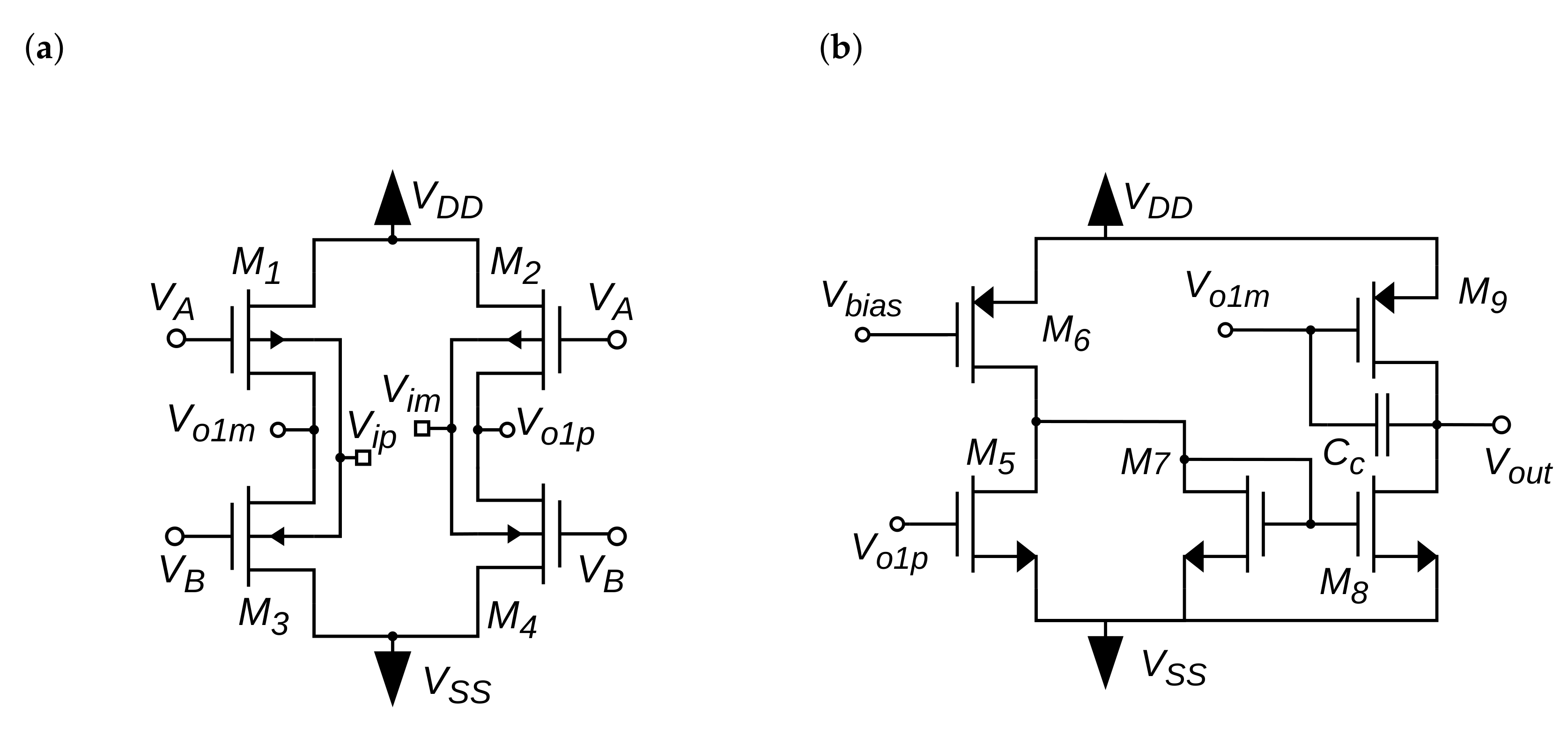
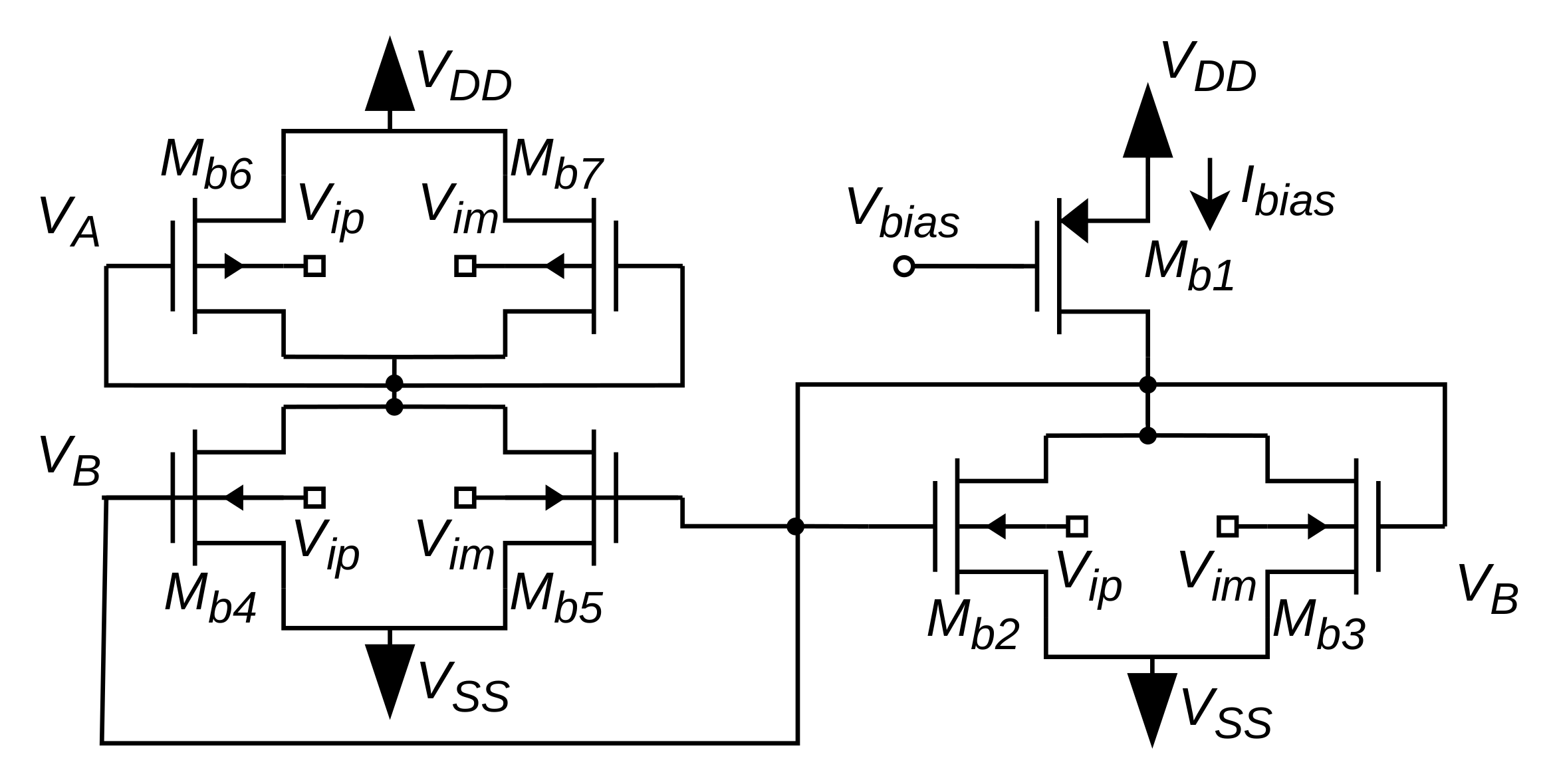
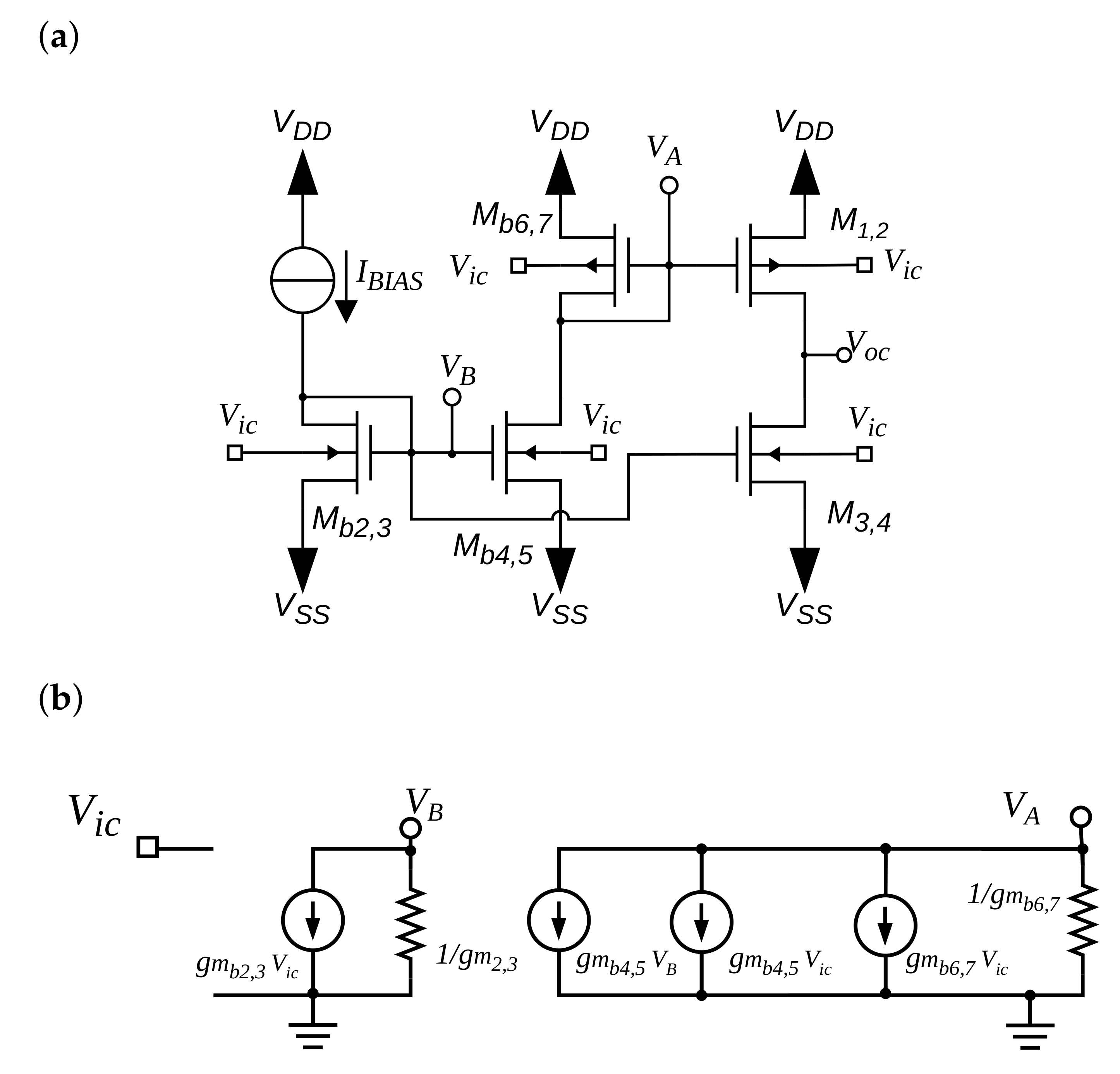
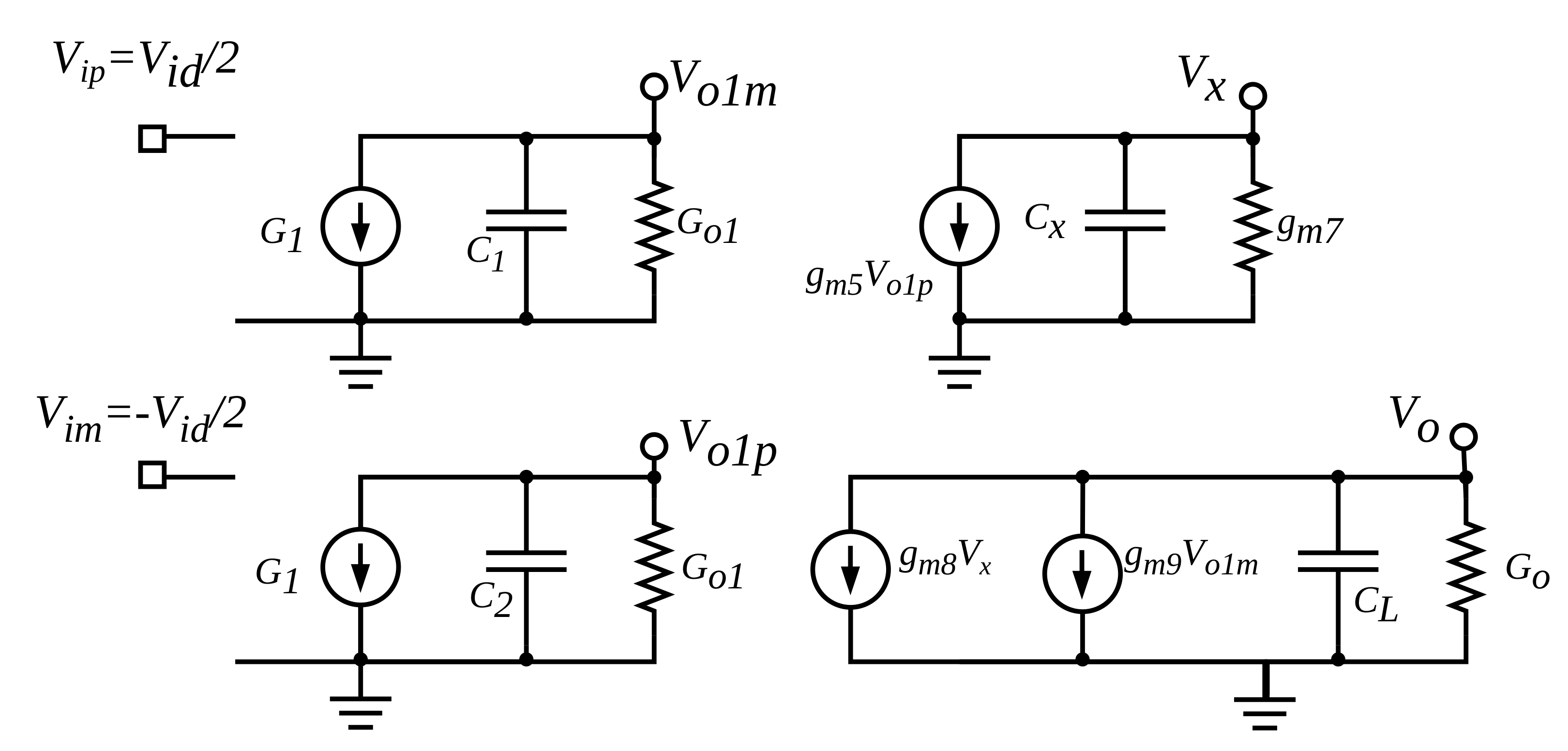
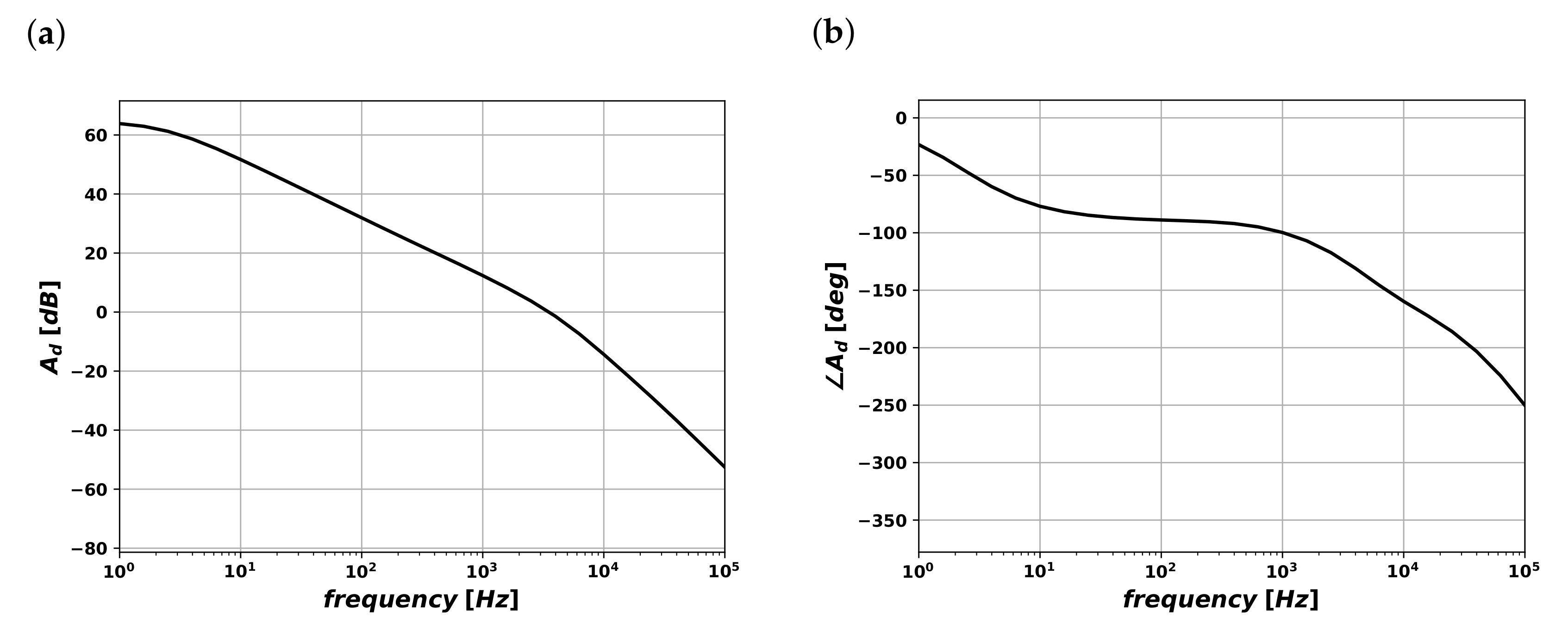
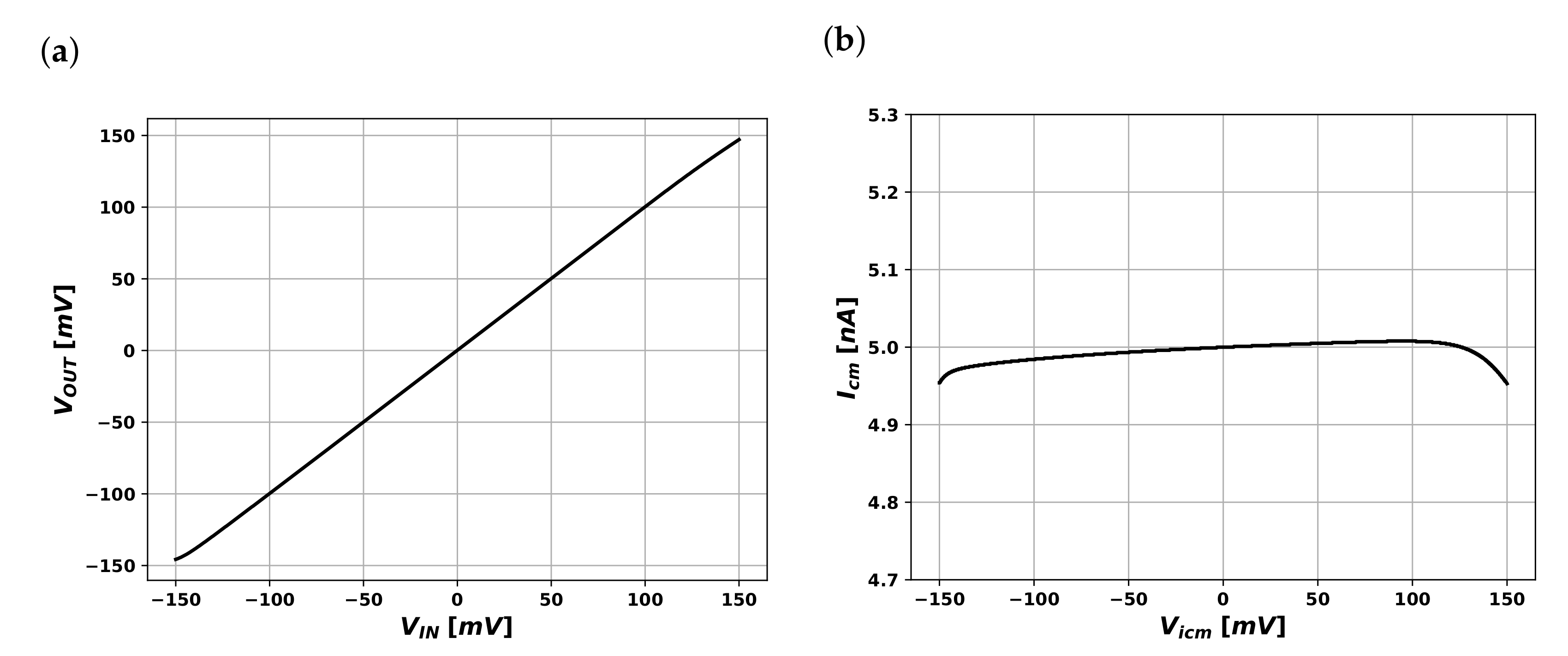
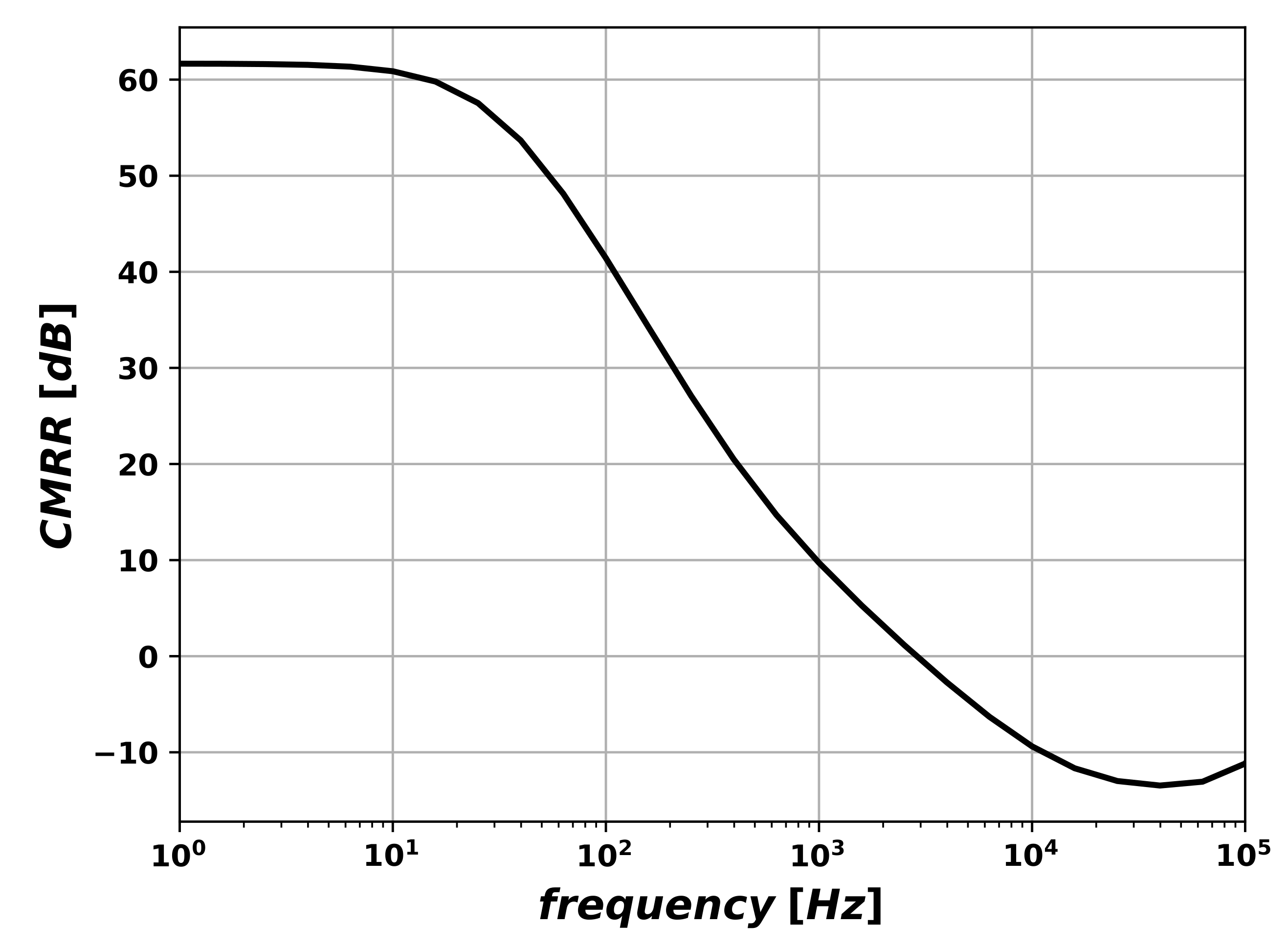
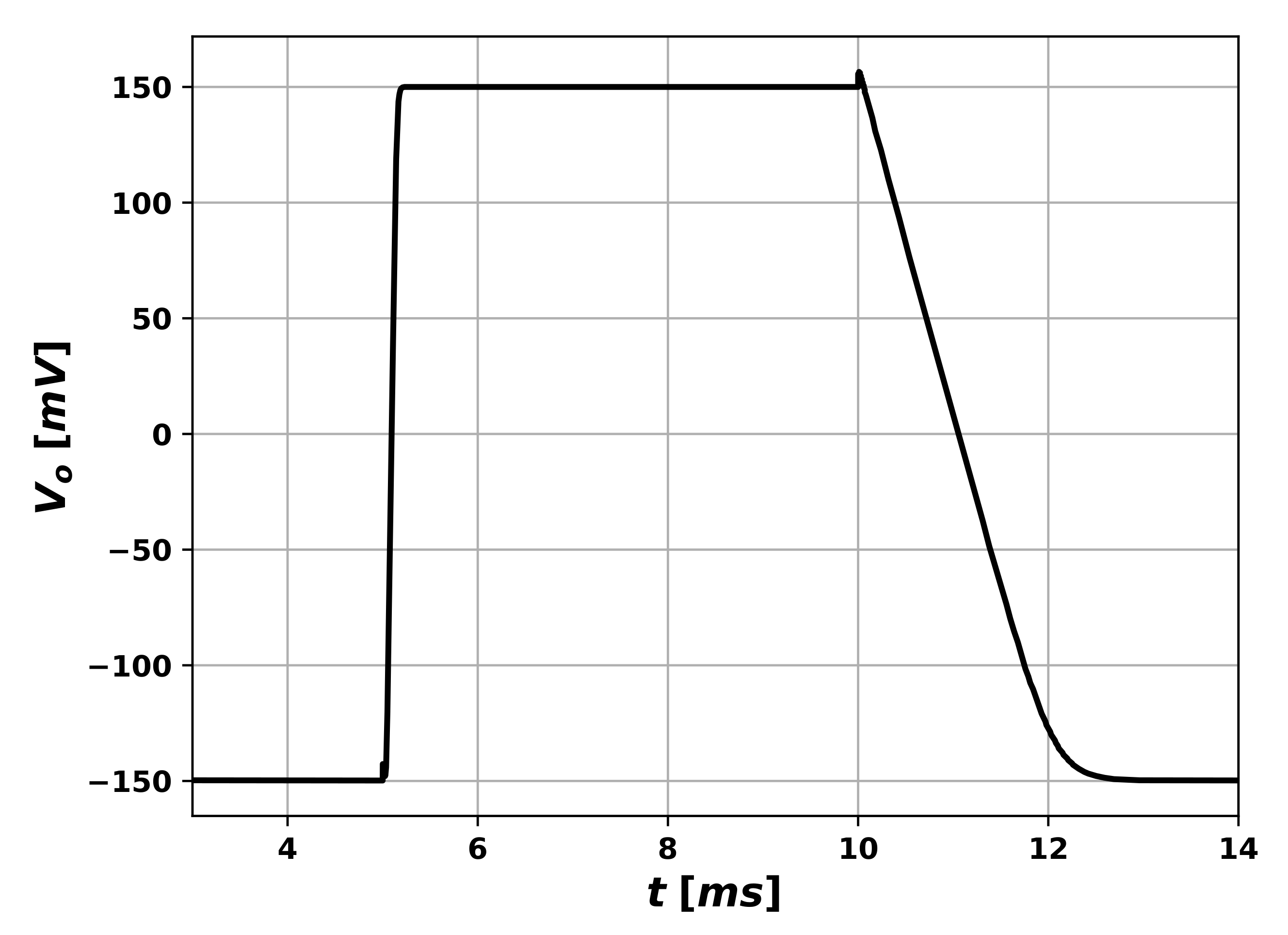
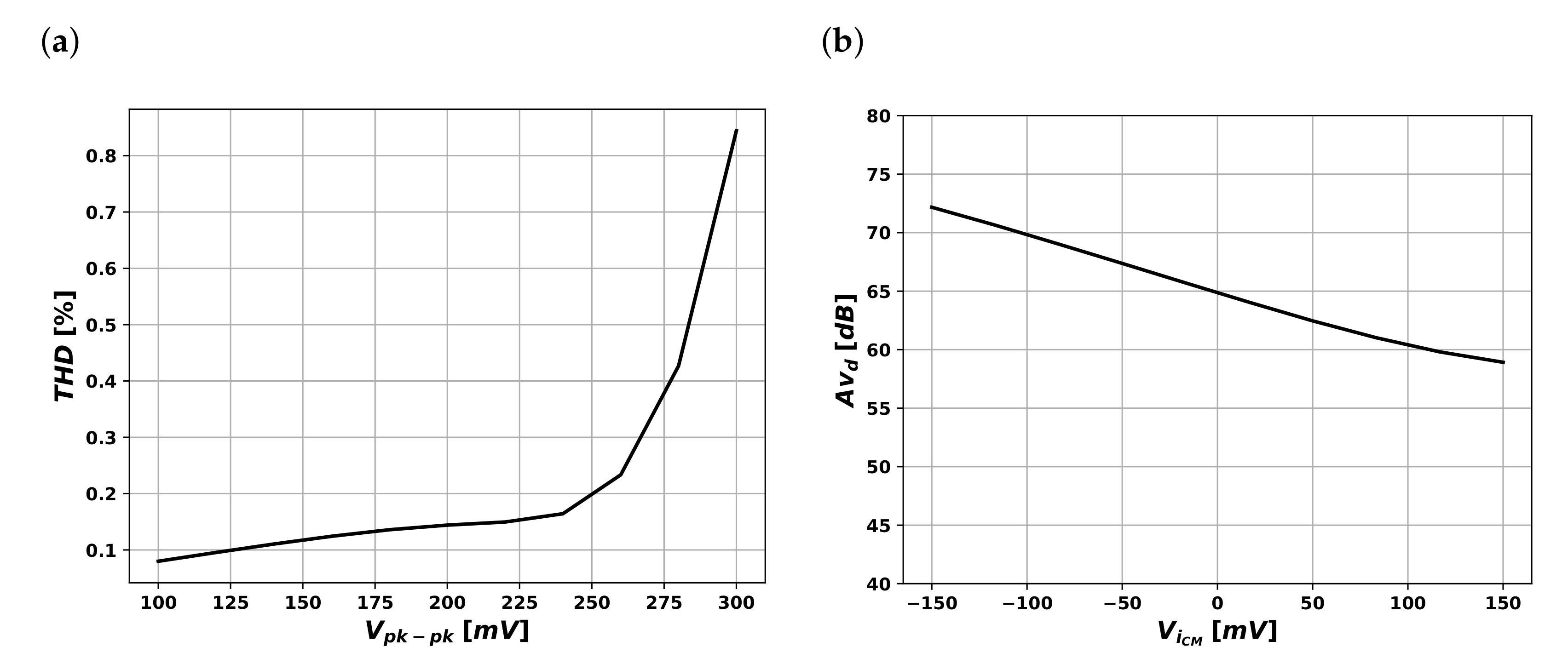

| W [μm] | L [μm] | [nA] | [] | [] | [] | |
|---|---|---|---|---|---|---|
| ,,, | 6.63 | 10 | 5 | 152.1 | 25.44 | 1.864 |
| ,,,,, | 0.9 | 10 | 5 | 131.8 | 23.68 | 0.667 |
| 6.63 | 10 | 10 | 304.3 | 50.89 | 0.932 | |
| 20 | 7.53 | 4 | 121.8 | 20.78 | 2.229 | |
| 10 | 7.53 | 4 | 121.8 | 20.78 | 0.037 | |
| , | 0.73 | 10 | 2 | 55.65 | 50.89 | 0.93 |
| 1.47 | 10 | 4 | 111.3 | 23.5 | 0.85 |
| TT | SS | FF | SF | FS | |
|---|---|---|---|---|---|
| 64.60 | 59.85 | 68.83 | 64.96 | 62.90 | |
| 3.58 | 2.56 | 4.15 | 3.59 | 3.18 | |
| 53.76 | 59.04 | 45.77 | 52.22 | 60.98 | |
| 61 | 59.83 | 67.51 | 65.02 | 62.85 | |
| 26/28 | 23/26 | 28/29 | 27/28 | 24/26 | |
| 1.7/0.15 | 1.19/0.15 | 2.31/0.15 | 2.46/0.15 | 1.09/0.15 | |
| ≈0.93 | ≈0.67 | ≈1.23 | ≈1.31 | ≈0.62 | |
| 0.76 | 0.71 | 0.78 | 0.77 | 0.74 | |
| 10.9 | 11.8 | 10.95 | 9.9 | 11.36 |
| 0.24 | 0.26 | 0.28 | 0.3 | 0.32 | 0.34 | 0.36 | |
| 41.8 | 50.06 | 57.71 | 64.6 | 70.71 | 75.96 | 80.05 | |
| 1.05 | 1.78 | 2.5 | 3.58 | 4.42 | 4.86 | 4.92 | |
| 71.47 | 66.75 | 64.27 | 53.76 | 40.97 | 31.91 | 29.02 | |
| 0.54 | 0.86 | 1.27 | 1.7 | 2.03 | 2.18 | 2.18 | |
| 0.14 | 0.14 | 0.15 | 0.15 | 0.15 | 0.15 | 0.15 |
| −10 | 0 | 27 | 50 | 80 | 110 | |
| 55.05 | 57.76 | 64.6 | 67.51 | 61.36 | 50.07 | |
| 1.87 | 2.228 | 3.58 | 3.89 | 2.49 | 1.159 | |
| 59.74 | 61.06 | 53.76 | 48.45 | 67.84 | 83.52 | |
| 1.11 | 1.28 | 1.7 | 1.96 | 2.16 | 2.29 | |
| 0.14 | 0.15 | 0.15 | 0.15 | 0.14 | 0.13 | |
| 12.0 | 11.9 | 9.9 | 10.9 | 11.1 | 11.96 |
| Mean | Std_dev | |
|---|---|---|
| 65.48 | 7.43 | |
| 2.33 | 1.21 | |
| 50.14 | 13.7 | |
| 46.5 | 10.7 | |
| 2.51 | 0.062 | |
| 0.183 | 0.006 | |
| 11.35 | 0.831 | |
| [mV] | 2.91 | 5.01 |
| This Work | [13] | [18] | [22] | [12] | [23] | [14] | [10] | [9] | [8] | |
|---|---|---|---|---|---|---|---|---|---|---|
| Year | 2021 | 2020 | 2020 | 2020 | 2018 | 2018 | 2015 | 2014 | 2014 | 2007 |
| Technology | 0.13 | 0.18 | 0.18 | 0.18 | 0.18 | 0.04 | 0.065 | 0.18 | 0.13 | 0.35 |
| 0.3 | 0.3 | 0.3 | 0.5 | 0.3 | 0.6 | 0.35 | 0.5 | 0.25 | 0.6 | |
| 0.86 | 0.6 | 0.6 | 1.19 | 0.6 | 1.27 | 1.16 | 1.29 | 1.16 | 1.02 | |
| 64.6 | 64.7 | 39 | 69.5 | 65.8 | 41.35 | 43 | 70 | 60 | 69.4 | |
| 50 | 30 | 10 | 15 | 20 | 5 | 3 | 30 | 15 | 15 | |
| 3.58 | 2.96 | 0.9 | 36 | 2.78 | 8260 | 3600 | 18 | 1.88 | 11.3 | |
| 53.76 | 52 | 90 | 65 | 61 | 86.6 | 56 | 55 | 52.5 | 65 | |
| 1.7 | 1.9 | - | 9.7 | 6.44 | 844 | 5600 | 3 | 0.64 | 14.6 | |
| 0.15 | 6.4 | - | 9.7 | 7.8 | 844 | 5600 | 3 | 0.77 | 14.6 | |
| 0.93 | 4.15 | - | 9.7 | 7.12 | 844 | 5600 | 3 | 0.71 | 14.6 | |
| 61 | 110 | 30 | 90 | 72 | 52 | 46 | - | - | 75 | |
| 2.69 | 1.6 | 0.81 | 0.91 | 1.85 | - | 0.93 | 0.31 | 3.3 | 0.29 | |
| @freq | 100 | - | 1000 | 1000 | 36 | - | - | 1000 | 100 | 1000 |
| 11.4 | 12.6 | 0.6 | 60 | 15.4 | 15,735 | 17,000 | 75 | 18 | 548 | |
| BD | BD | GD | BD | BD | GD | BD | GD | BD | BD | |
| 4711 | 2114 | 4500 | 4500 | 1083 | 1575 | 223 | 3600 | 392 | 186 | |
| 1224 | 2964 | - | 1213 | 2790 | 161 | 346 | 680 | 146 | 240 | |
| 15,702 | 7047 | 15,000 | 9000 | 3610 | 2625 | 635 | 7200 | 1568 | 311 | |
| 4079 | 9880 | - | 2425 | 9247 | 268 | 988 | 1200 | 587 | 400 | |
| 658 | 4524 | - | 2425 | 8364 | 268 | 988 | 1200 | 583 | 400 | |
| 0.0064 | 0.0085 | 0.00047 | 0.0034 | 0.0082 | - | 0.0050 | 0.057 | 0.083 | 0.06 |
Publisher’s Note: MDPI stays neutral with regard to jurisdictional claims in published maps and institutional affiliations. |
© 2021 by the authors. Licensee MDPI, Basel, Switzerland. This article is an open access article distributed under the terms and conditions of the Creative Commons Attribution (CC BY) license (http://creativecommons.org/licenses/by/4.0/).
Share and Cite
Centurelli, F.; Della Sala, R.; Scotti, G.; Trifiletti, A. A 0.3 V, Rail-to-Rail, Ultralow-Power, Non-Tailed, Body-Driven, Sub-Threshold Amplifier. Appl. Sci. 2021, 11, 2528. https://doi.org/10.3390/app11062528
Centurelli F, Della Sala R, Scotti G, Trifiletti A. A 0.3 V, Rail-to-Rail, Ultralow-Power, Non-Tailed, Body-Driven, Sub-Threshold Amplifier. Applied Sciences. 2021; 11(6):2528. https://doi.org/10.3390/app11062528
Chicago/Turabian StyleCenturelli, Francesco, Riccardo Della Sala, Giuseppe Scotti, and Alessandro Trifiletti. 2021. "A 0.3 V, Rail-to-Rail, Ultralow-Power, Non-Tailed, Body-Driven, Sub-Threshold Amplifier" Applied Sciences 11, no. 6: 2528. https://doi.org/10.3390/app11062528
APA StyleCenturelli, F., Della Sala, R., Scotti, G., & Trifiletti, A. (2021). A 0.3 V, Rail-to-Rail, Ultralow-Power, Non-Tailed, Body-Driven, Sub-Threshold Amplifier. Applied Sciences, 11(6), 2528. https://doi.org/10.3390/app11062528









